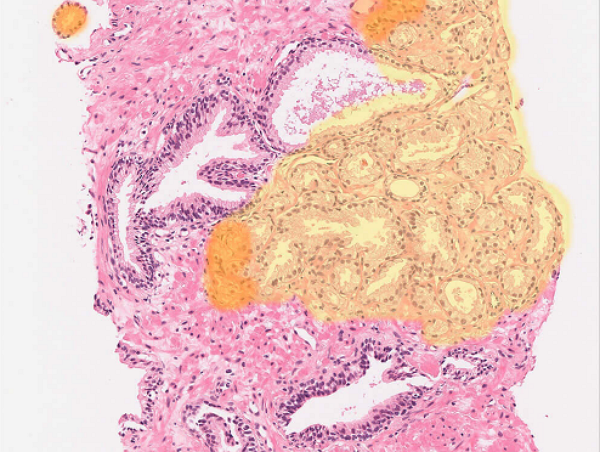Deep Bio said that its deep learning-based prostate cancer pathology diagnosis technology using a Gleason grading system acquired NET (new excellent technology) certification on Tuesday.

NET certification is a certification system implemented by the Ministry of Trade, Industry and Energy to promote commercialization and technology transfer of technologies newly developed by companies, research institutes, and universities by certifying their excellence.
DeepBio’s technology helps medical workers analyze pathological tissue images using the CNN (convolutional neural network) method.
The company has received NET certification for four AI technologies based on the neural networks -- deep learning-based disease diagnosis AI technology, AI disease diagnosis result visualization technology, histopathology slide image index technology, and deep learning-based virtual annotator development technology.
The four technologies analyze digital pathology images of prostate cancer tissue slides to detect cancer and mark its severity based on its area and Gleason rating. They also show the percentage of cancer cells in the whole tissue and the percentage by Gleason grade.
DeepBio has used the technologies to develop and commercialize various cancer diagnosis models, including prostate cancer.
In April last year, the company became the first Korean company to receive approval for DeepDx-Prostate, an AI-based prostate cancer diagnosis assistance software, from the Ministry of Food and Drug Safety.
"The NET certification served as an opportunity to prove once again the innovation and competitiveness of the company's deep learning-based cancer diagnosis technology," Deep Bio CEO Kim Sun-woo said. "The company expects that the technologies will contribute to the reduction of unnecessary examinations and surgeries as well as improving work efficiency by assisting medical staff in diagnosis."

